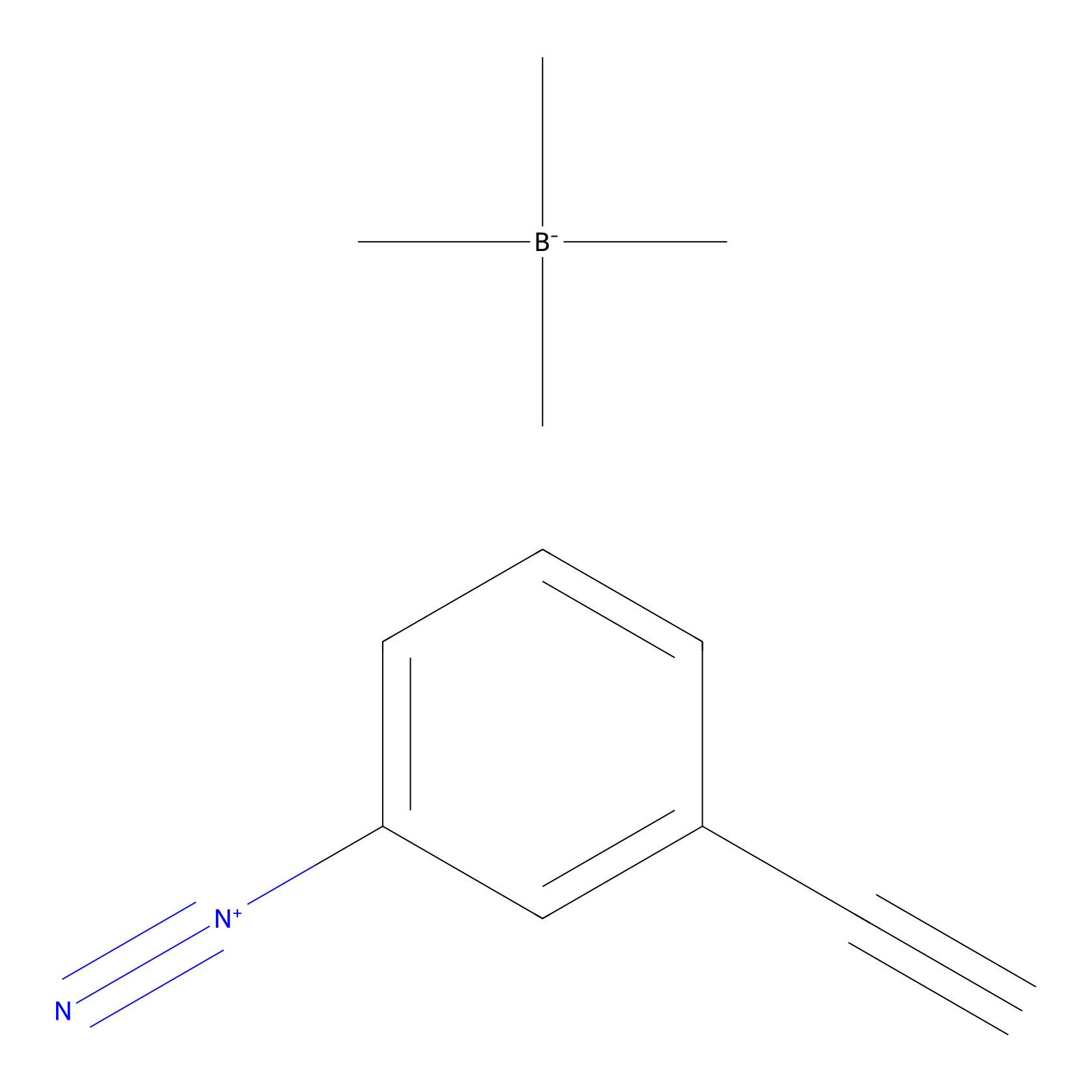Details of the Target
General Information of Target
| Target ID | LDTP16195 | |||||
|---|---|---|---|---|---|---|
| Target Name | Calcium channel flower homolog (CACFD1) | |||||
| Gene Name | CACFD1 | |||||
| Gene ID | 11094 | |||||
| Synonyms |
C9orf7; Calcium channel flower homolog; Calcium channel flower domain-containing protein 1 |
|||||
| 3D Structure | ||||||
| Sequence |
MSACGRKALTLLSSVFAVCGLGLLGIAVSTDYWLYLEEGVIVPQNQSTEIKMSLHSGLWR
VCFLAGEERGRCFTIEYVMPMNTQLTSESTVNVLKMIRSATPFPLVSLFFMFIGFILNNI GHIRPHRTILAFVSGIFFILSGLSLVVGLVLYISSINDEMLNRTKDAETYFNYKYGWSFA FAAISFLLTESAGVMSVYLFMKRYTAEDMYRPHPGFYRPRLSNCSDYSGQFLHPDAWVRG RSPSDISSEASLQMNSNYPALLKCPDYDQMSSSPC |
|||||
| Target Bioclass |
Transporter and channel
|
|||||
| Family |
Calcium channel flower family
|
|||||
| Subcellular location |
Membrane
|
|||||
| Function |
Transmembrane protein which mediates synaptic endocytosis and fitness-based cell culling. In response to different stimulus strengths, controls two major modes of synaptic vesicle (SV) retrieval in hippocampal neurons; Clathrin-mediated endocytosis (CME) in response to mild stimulation and activity-dependent bulk endocytosis (ADBE) in response to strong stimulation. In cytotoxic T-lymphoocytes (CTLs) facilitates calcium-dependent endocytosis of cytotoxic granules at the immuno synapse. Different isoforms work as fitness fingerprints in 'loser' and 'winner' cells and thereby mediate win/lose decisions as part of the cell competition process.; [Isoform 1]: Functions with the other flower isoforms to produce tissue-specific fitness fingerprints that identify unfit or fit cells during cell selection processes in order to maintain tissue health. During cell competition, if levels of this isoform in cells is higher than in the surrounding neighboring cells, the cells are recognized as 'winner' cells, and do not undergo elimination via apoptosis.; [Isoform 2]: Functions with the other flower isoforms to produce tissue-specific fitness fingerprints that identify unfit or fit cells during cell selection processes in order to maintain tissue health. During cell competition, if levels of this isoform in unfit cells is higher than in the surrounding neighboring cells, the cells are recognized as 'loser' cells, and undergo elimination via apoptosis to be replaced by the surrounding healthy 'winner' cell population.; [Isoform 3]: Functions with the other flower isoforms to produce tissue-specific fitness fingerprints that identify unfit or fit cells during cell selection processes in order to maintain tissue health. During cell competition, if levels of this isoform in unfit cells is higher than in the surrounding neighboring cells, the cells are recognized as 'loser' cells, and undergo elimination via apoptosis to be replaced by the surrounding healthy 'winner' cell population.; [Isoform 4]: Functions with the other flower isoforms to produce tissue-specific fitness fingerprints that identify unfit or fit cells during cell selection processes in order to maintain tissue health. During cell competition, if levels of this isoform in cells is higher than in the surrounding neighboring cells, the cells are recognized as 'winner' cells, and do not undergo elimination via apoptosis.
|
|||||
| Uniprot ID | ||||||
| Ensemble ID | ||||||
| HGNC ID | ||||||
Target Site Mutations in Different Cell Lines
Probe(s) Labeling This Target
ABPP Probe
| Probe name | Structure | Binding Site(Ratio) | Interaction ID | Ref | |
|---|---|---|---|---|---|
|
Probe 1 Probe Info |
 |
Y149(16.85) | LDD3495 | [1] | |
